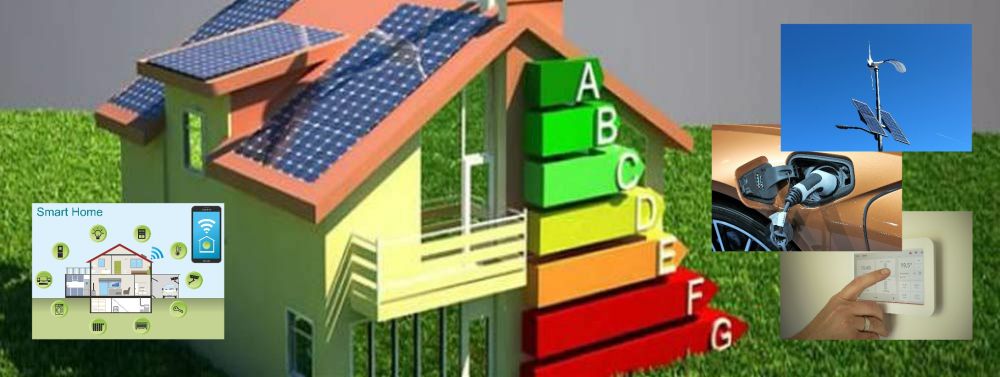Energy Assessor Professional Body calls for faster inclusion of emerging technologies into EPCs.

According to Proficiency (the membership organisation representing Energy Assessors and associated professionals) the pathway to Net Zero is severely hampered by how long it takes before EPCs can suitably take into account new technologies.
Proficiency Chairman, Ian Sturt said “while others are adopting AI for even trivial tasks, EPC software is based on an antiquated approach of writing a methodology based on combining theories constructed from item specific laboratory condition tests. It can take several years before that updated methodology becomes software in the hands of Energy Assessors. It is therefore already starting to become out of date before a single EPC is produced with it. EPC accuracy is then defined as whether the result matches the methodology, not whether it matches what really happens in the building”.
According to Ian, “EPCs are a central part of the drive towards net zero. They are the right tool for the job, but we need to keep sharpening them. The approach DESNZ through the BRE have been using, and appear intent on continuing to use, is keeping them as an unnecessarily blunt instrument. Continuing to give the same people the job of managing the EPC methodology in the same way they did in the past, will inevitably mean staying behind the curve we are meant to be leading”.
So what is the solution? The Proficiency view as that the software must evolve based on what is learned from in-situ testing and comparison of EPC results against post-occupancy data. Instead of a step change every few years, the software evolution needs to be ongoing and gradual. Wherever evidence shows significant discrepancies exist between theory and reality, the software needs to adapt to close the gap. When new technologies arrive, they need to be added into the software as soon as possible, not have to wait several years for the next update.
To give an example of the impact of the current approach, domestic EPCs cannot currently account for battery storage or PV diverted into hot water storage; and yet these are widely seen by domestic energy assessors. These technologies were added into the draft of the next methodology around two years ago. The software that will enable them to be accounted for will still not be available to use until at least January to March of next year. That is assuming it doesn’t get pushed back again, as it should have been in use since the start of 2024.
There is a tremendous amount of criticism from many quarters, for the perceived inadequacy of EPCs. Much of it is unjustified. However, where it relates to not being able to reflect some energy efficiency measures already in the property it is fully justified. It is well past time for DESNZ to apply a more intelligence based (artificial or human) approach to developing the software EPCs are produced with.
Consider the absolutely massive amount of government funding potentially wasted if EPCs are not accurate enough. How then can government justify the ongoing failure to invest an appropriate amount of money into EPC software, and not ensuring the task is given to an organisation that can actually deliver on time, fully working and regularly updated?
Seldom has the saying “Don't spoil the ship for a ha'porth of tar" been more appropriate than in relation to the lack of proper investment by government in EPC software.
